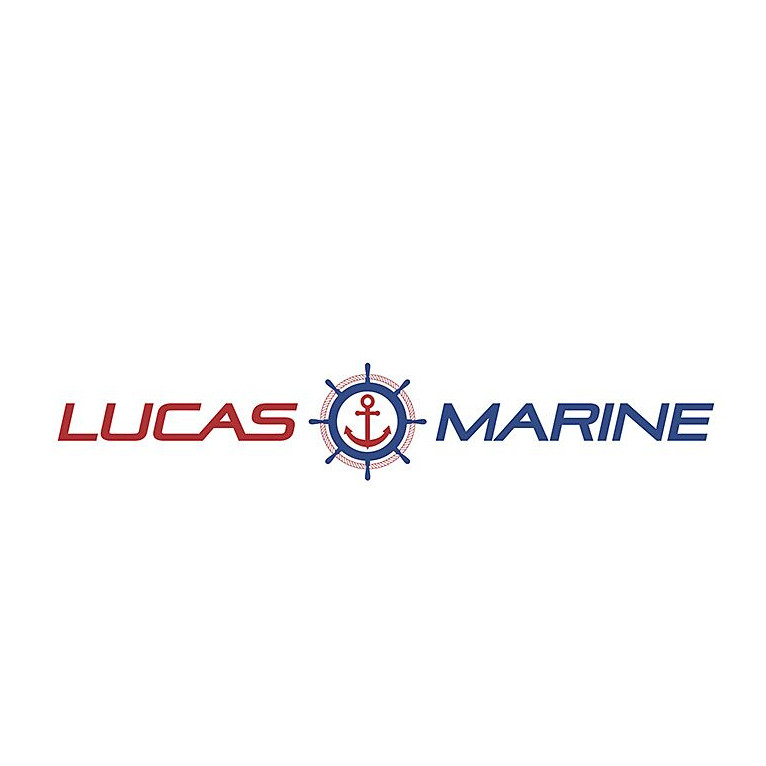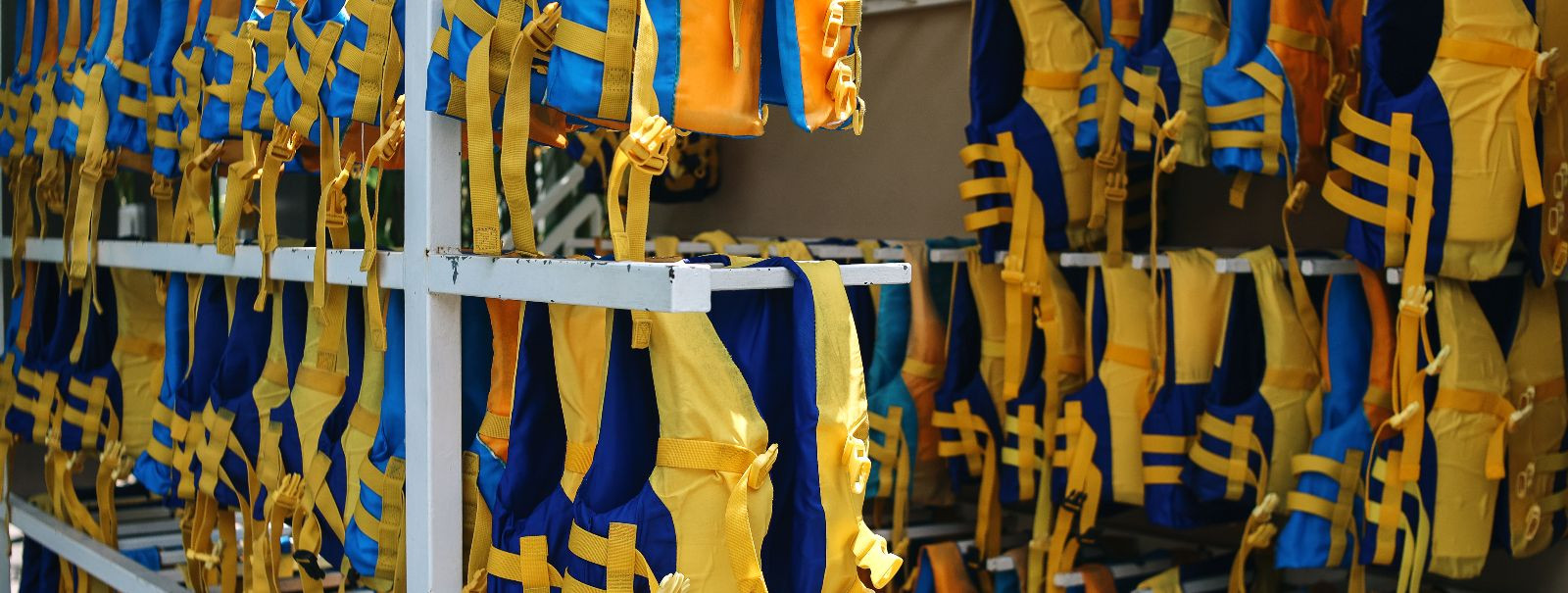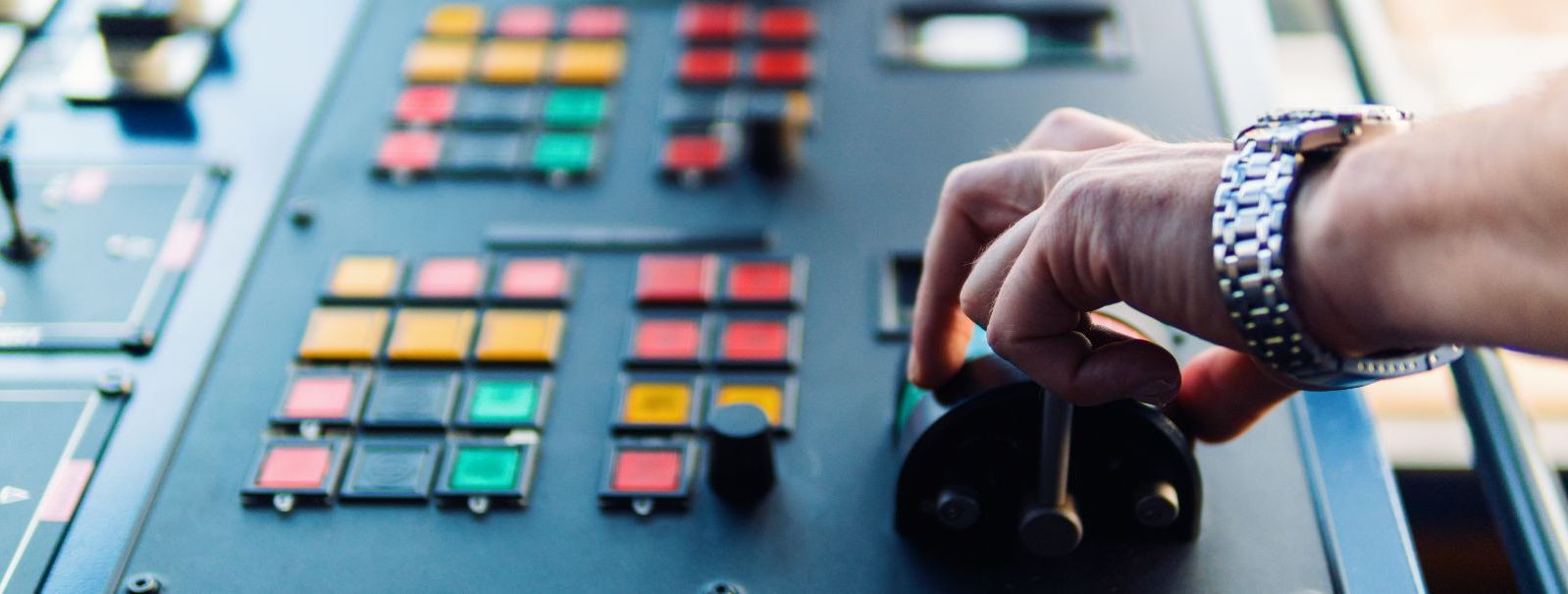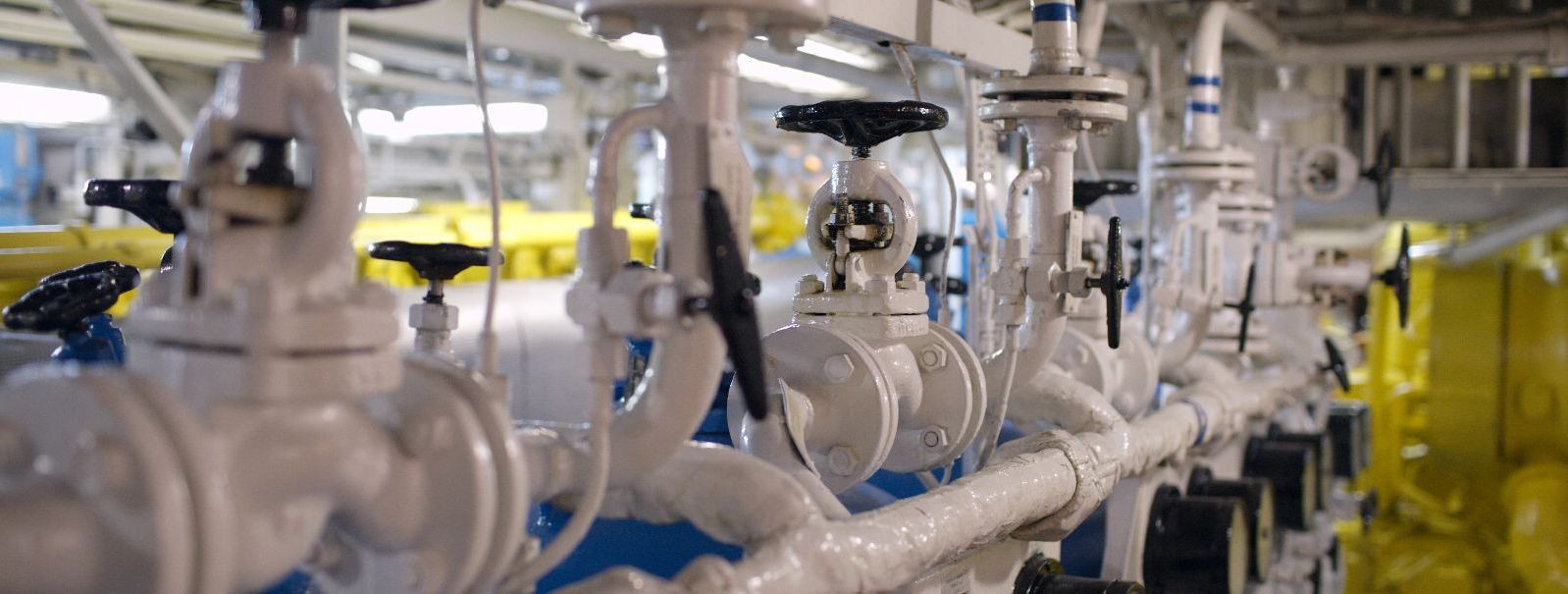5 essential safety equipments for your vessel
Ensuring the safety of crew and passengers aboard any vessel is paramount. This responsibility is not only a moral imperative but also a regulatory requirement. Equipping your vessel with the right safety equipment can mean the difference between life and death in emergency situations. In this post, we will discuss the five essential pieces of safety equipment that every vessel should have on board.
Life Jackets and Personal Flotation Devices (PFDs)
There are various types of PFDs designed to suit different body weights, water activities, and vessel types. It is crucial to have the correct type and size of PFD for each person on board.
All vessels must comply with the regulations set by maritime authorities regarding the number and type of PFDs. It is essential to understand these regulations to ensure your vessel is equipped appropriately.
Regular maintenance and inspection of PFDs are vital to ensure they will function correctly when needed. This includes checking for wear and tear, ensuring proper storage, and understanding the lifespan of the device.
Fire Extinguishers
Understanding the different classes of fire extinguishers and their applications is crucial for addressing various types of fires that may occur on a vessel.
Fire extinguishers should be placed in accessible locations throughout the vessel, and all crew members should be aware of their locations.
Fire extinguishers require regular maintenance to ensure they are operational. This includes checking pressure gauges, seals, and ensuring they are not obstructed.
Emergency Position Indicating Radio Beacon (EPIRB)
EPIRBs are critical for alerting search and rescue services in the event of an emergency. They transmit a distress signal which can greatly increase the chances of a timely rescue.
Vessels operating internationally should be equipped with an EPIRB that complies with the GMDSS, ensuring global coverage for distress alerts.
Regular testing and proper registration of your EPIRB are essential to ensure it functions correctly and that the distress signals are accurately directed to rescue services.
Life Rafts
Life rafts should have sufficient capacity for all individuals on board and be equipped with survival equipment such as water, food rations, and first aid supplies.
Life rafts must be serviced at manufacturer-recommended intervals to ensure they remain in good working condition.
Regular deployment training is essential for crew members to be prepared to use life rafts effectively in an emergency.
Visual and Audible Signaling Devices
Visual and audible signaling devices, such as flares, horns, and strobe lights, are essential for alerting nearby vessels and rescue services during an emergency.
There are specific regulations and standards that dictate the types and quantities of signaling devices required on a vessel.
Proper training in the use of signaling devices is crucial for effective communication in distress situations.
For expert advice and top-quality maritime safety equipment, contact LUCAS MARINE OÜ, your trusted partner in ensuring the safety and compliance of your fleet.






Comments (0)